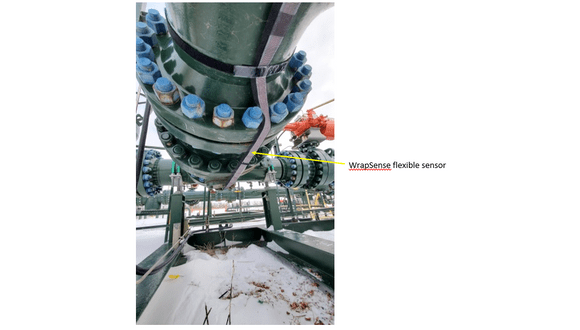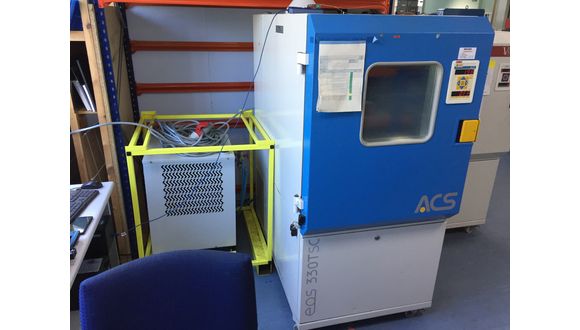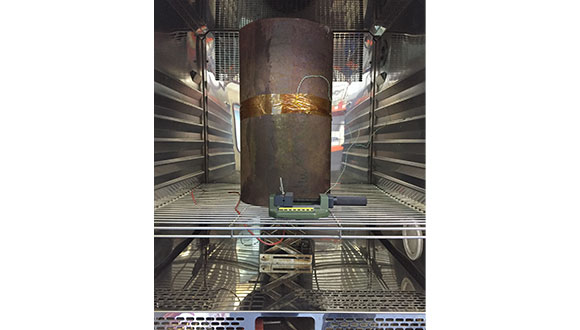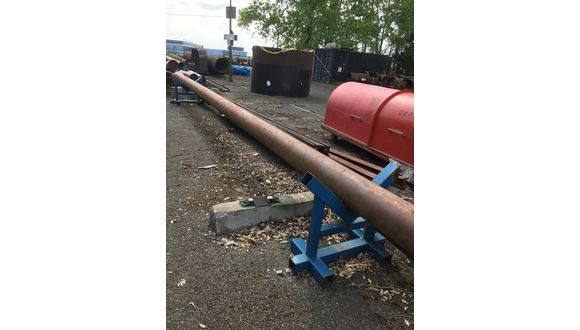Thu, 11 June, 2020
TWI has partnered with a Canadian SME, Direct-C, which specialises in automatic oil leak detection, with the objective of assessing a new technology’s performance.
Direct-C’s WrapSense technology is based on a novel nano-composite coating material capable of detecting the slightest concentration of liquid hydrocarbons in direct contact with it, making it a highly sensitive technology for detecting leakages in oil and gas and aerospace applications.
The sensor functions by continuously monitoring the electrical resistance of the nano-composite, and reporting significant changes in this resistance. The sensors are manufactured by applying the nano-composite material onto a flexible but resistant backing material ideal for adapting to a wide range of assets, such as pipelines, tanks, engines or aircraft fuel delivery systems. The leak detection kit, which can cover up to 200 m. of an asset, is equipped with an IoT wireless communication box that communicates with a cloud based data management system capable of sending automatic and customisable alerts via email, smartphone app or SMS text within a few minutes of a leak being detected.
TWI’s involvement entails providing standardised small and large scale testing for the developed technology.
During the first testing stage, the sensors will be subjected to harsh thermal cycles resembling that of the typical operating conditions for transportation pipelines in deserts. The tests are carried out according to the BS EN 60068-2-14: 2009 standard in our UKAS accredited laboratory.
For the final stage, a 6-month full-scale test is envisaged where the sensors are deployed on a representative pipe at TWI open field facilities connected to an IOT box. Moreover, the new Monitoring and Inspection Research (MIR) section of TWI will incorporate temperature and humidity sensors in order to establish the accuracy of the sensing technology in regards to these environmental conditions. Additionally, a controlled fuel drop mechanism is to be designed for simulating leakage exposure according to Direct-C requirements.
The expected outcome of the test is to validate this technology’s capabilities so our clients can proceed with the promotion and commercialisation of WrapSense.
For more information on available environmental testing, please contact us or email info@direct-c.ca
 Figure 1. WrapSense flexible sensor installed at pumping station
Figure 1. WrapSense flexible sensor installed at pumping station
 Figure 2. Climate controlled chamber in our accredited UKAS laboratory
Figure 2. Climate controlled chamber in our accredited UKAS laboratory
 Figure 3. First stage test
Figure 3. First stage test
 Figure 4. TWI open field facilities for environmental testing
Figure 4. TWI open field facilities for environmental testing